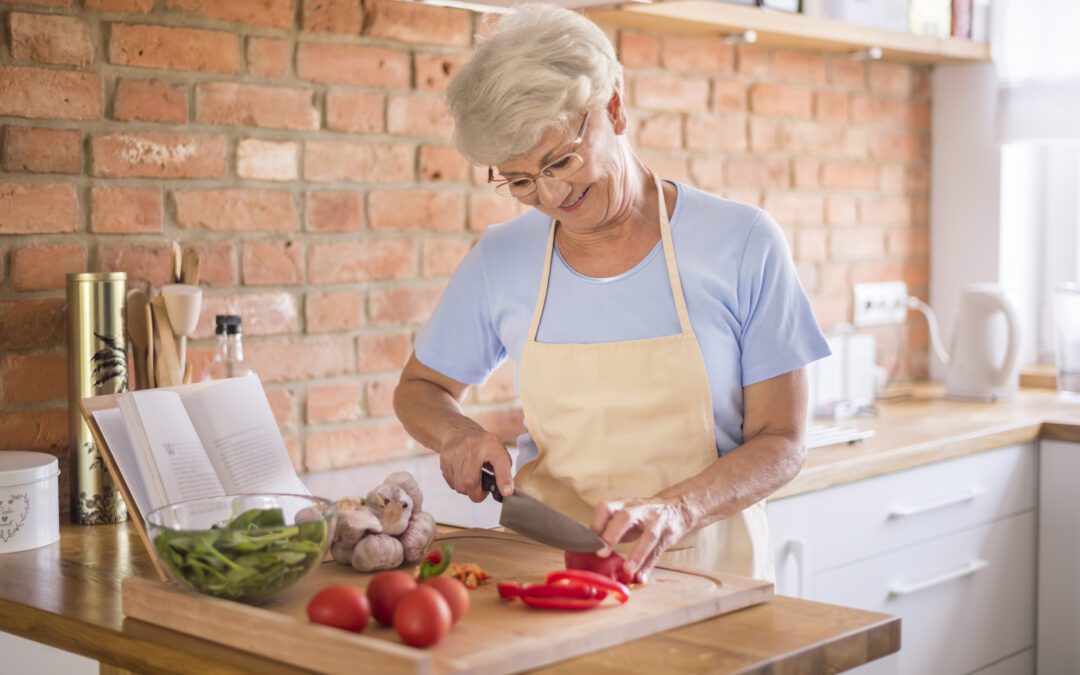The kitchen and bathroom are two of the most-used spaces in any home. For older adults, they can also be the trickiest to navigate. Slippery floors, hard-to-reach items, and awkward layouts can turn simple tasks into daily obstacles. But with a few thoughtful changes, these spaces can become easier to use and a lot more comfortable.
The Kitchen: Function Over Fancy
The kitchen is full of sharp tools, hot surfaces, and heavy objects. It’s also where many seniors spend time making meals or grabbing a quick snack. A few adjustments here can prevent accidents and help build confidence.
Keep Everyday Items Within Reach
Place dishes, glasses, and pantry staples at a height that doesn’t require bending down or reaching overhead. Avoid storing things in high cabinets or low drawers. This reduces the risk of falls and makes it easier to move through daily routines with less strain.
Use Appliances That Are Easy to Read and Operate
Microwaves with large buttons, stovetops with clear dials, and refrigerators with good lighting can make a big difference. If arthritis is an issue, knobs and handles that don’t require much grip are easier to manage.
Limit Clutter
Too many tools and gadgets on the counter can get in the way. Keep surfaces clear so there’s room to work. It also helps reduce confusion for those with memory loss.
Add Good Lighting
Bright light helps with chopping, cooking, and reading labels. Under-cabinet lights or motion-sensor lights can be helpful, especially in the evening.
Non-slip Mats and Stable Furniture
A rug near the sink might seem helpful, but if it slides, it’s a hazard. Choose non-slip mats that stay put. And if there’s a kitchen chair, make sure it’s sturdy and not wobbly.
The Bathroom: Small Changes, Big Impact
Bathrooms are one of the most dangerous rooms in the home. Wet floors, small spaces, and slippery tubs are a tough combination. The goal here is to keep things steady, simple, and supportive.
Install Grab Bars
Place them near the toilet and inside the shower. These help with balance and make it easier to sit down or stand up. Towel racks aren’t strong enough for support, so it’s important to consider proper bars.
Consider a Walk-in Shower or Shower Chair
Climbing over the side of a tub isn’t always easy. A walk-in shower makes getting in and out much smoother. If that’s not possible, a sturdy shower chair and handheld shower head can help create a safer setup.
Non-slip Flooring Is a Must
Replace slick tiles or use slip-resistant mats—especially in and around the shower. Water spills happen, but falls don’t have to.
Raise the Toilet Seat
Higher toilet seats reduce the effort needed to sit and stand. You can buy raised seats that fit right on top of the existing one—no full renovation needed.
Keep Things Simple and Visible
Use clear containers or labels for soap, toothpaste, and other supplies. If memory loss is a concern, placing items in the same spot every day can help.
Not sure where to start with home safety changes? Let us walk you through it. Reach out to us at Friends for Life and let’s set up your in-home consultation.


